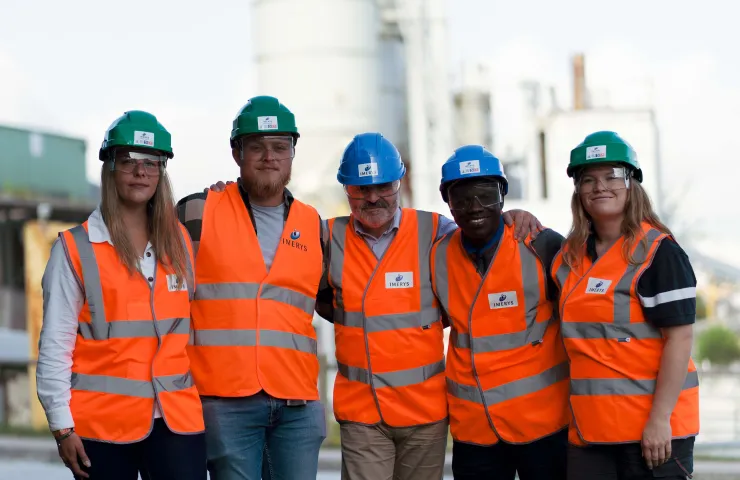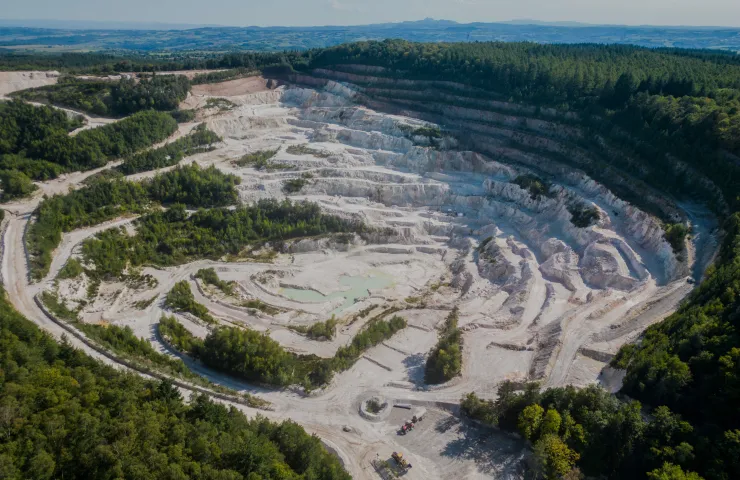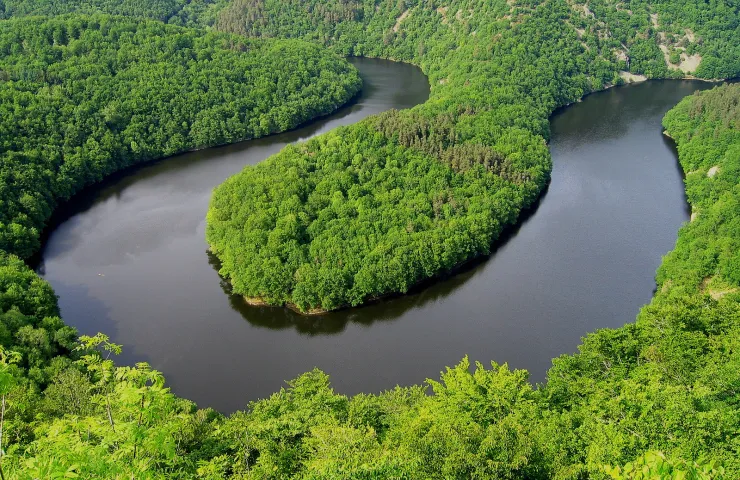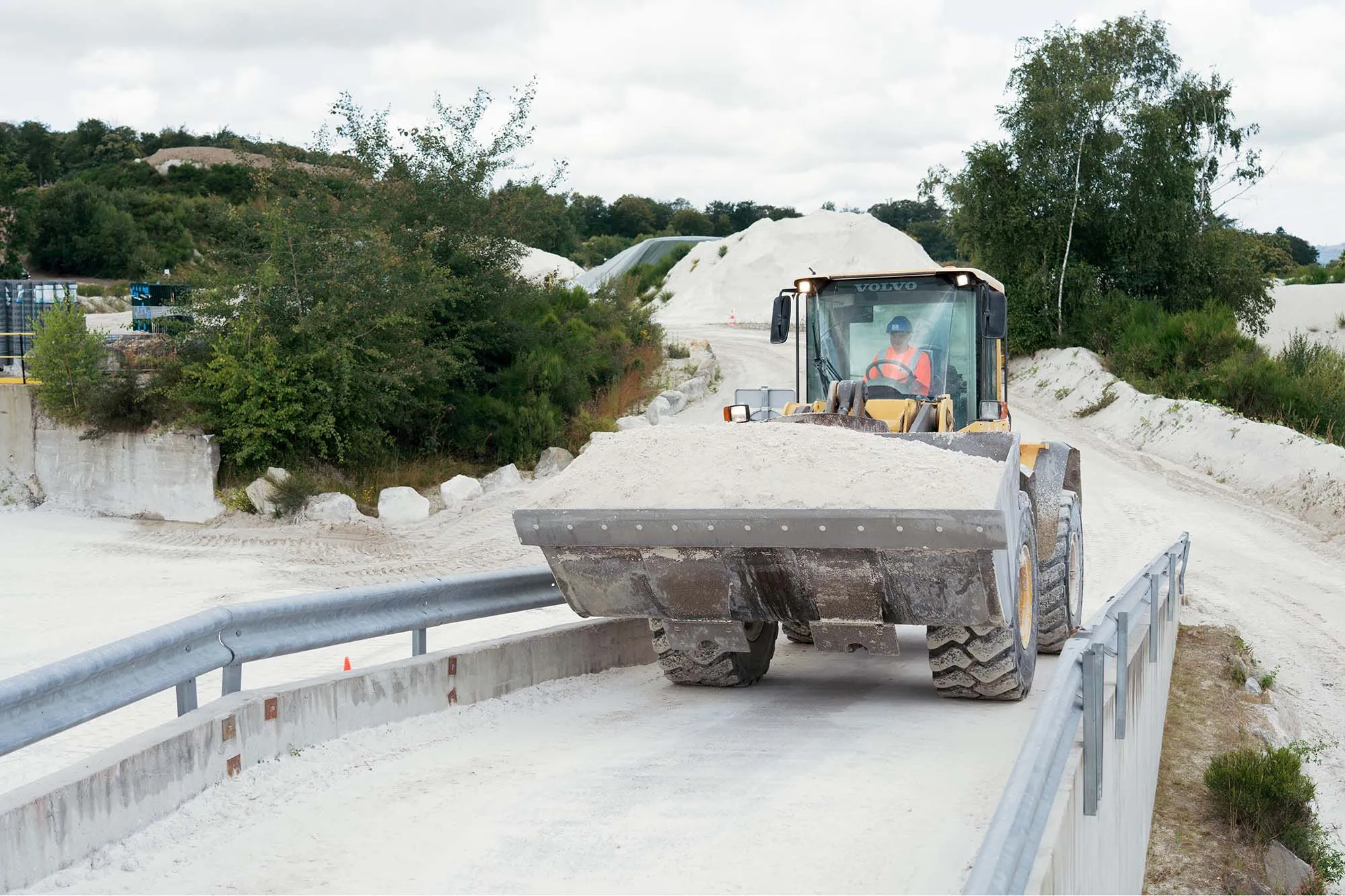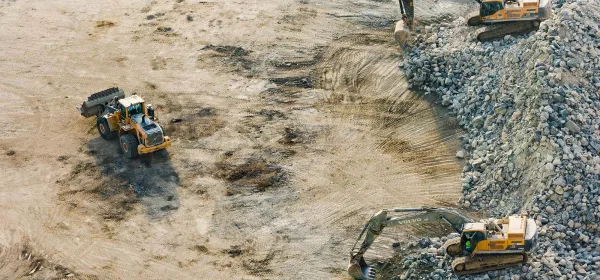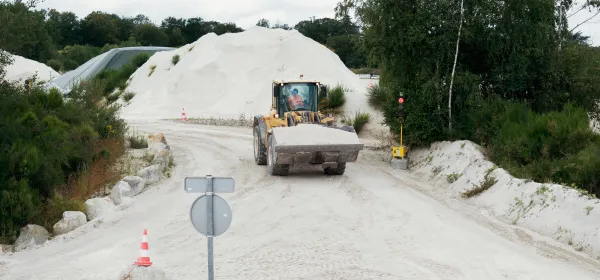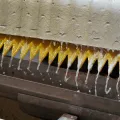Tailings recovered and reused
The rock extracted from the mine will be made up of usable ores (lithiniferous mica, feldspar and tin) and tailings (waste soil and rock). The tailings, along with the concentration residue, will be gradually backfilled into the mine excavation chambers, after being neutralised and mixed with cement, or used as backfill in the excavation void of the existing Beauvoir kaolin quarry.
Elements recovered and used after conversion
The conversion process that produces lithium hydroxide also generates other elements (iron, aluminium, silicates, etc.), some of which will be combined and then recovered (limestone, sodium chloride for treating roads in winter). After neutralisation, the conversion residue will be used to backfill old quarries, or stored in an appropriate and secure manner at specialised sites.
Tailings, residue or waste?
Definitions
Arsenic and radioactivity
Like many granites, the Beauvoir granite to be extracted as part of the EMILI project has natural low-level radioactivity. The level of radioactivity will thus be measured and monitored on an ongoing basis (an initial radiological survey is currently under way). Depending on the results, special measures may be put in place for employees. The regulatory framework for monitoring radioactivity is very strict and the systems put in place will be subject to regular audits and controls by official bodies.
Arsenic is naturally present in micaschists (the rock that adjoins the Beauvoir granite on the surface). However, the mining activity planned as part of the EMILI project simply crosses these micaschists to reach the Beauvoir granite which is deeper and contains no arsenic. Strict controls will be carried out regularly to ensure compliance with regulatory standards.
Tailings and residues in numbers
Filling
Percentage of the tailings and residue will be used to fill the galleries (840,000 tonnes).
Reuse
Tonnes of tailings and concentration residue, neutralised and mixed with cement, will be used to gradually fill the kaolin pit in Echassières.
Transport
Tonnes of conversion wet residue will be transported by train for reuse and/or storage.
Your questions about tailings and residues
Will you be storing waste on the Laloue site in Saint-Victor?
Some of the tailings will be stored above ground at Beauvoir. How will you ensure the stability of this storage?
Geotechnical characterisation of the tailings is underway to ensure storage stability. This characterisation will be used to determine stock stability slopes.
Revegetation of the backfill, covered with topsoil, is a tried and tested option.

